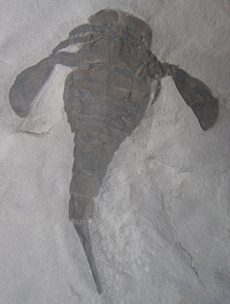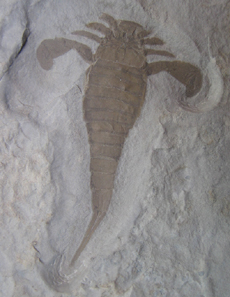
 |
 |
Silurian
Period: 443.7-416 Million Years Ago
New York
New York
Click on the pictures below to see our gallery. |
|
Bibliography |
| Nudds J.R. & Selden P.A. (2008). Fossil Ecosystems of North America: A Guide to the Sites and Their Extraordinary Biotas. Chicago: The University of Chicago Press. |












